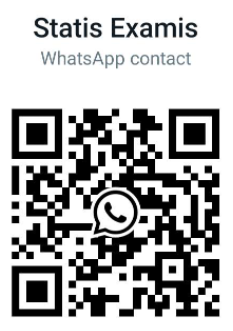Navigation » List of Schools » Glendale Community College » Psychology » Psychology 103 – Physiological Psychology » Spring 2022 » Chapter 5 Practice Quiz 1
Question #1
A immunochemistry.
B brainbow.
C autoradiography.
D in situ hybridization.
E optogenetics.
Question #2
A seeing.
B adjusting their circadian rhythms in response to changes in the daily light-dark cycle.
C sleeping on a regular schedule.
D recognizing circadian signals.
E displaying circadian rhythms.
Question #3
A a neurotransmitter.
B a microelectrode.
C an amino acid.
D a receptor.
E an antibody.
Question #4
A immunocytochemistry.
B the 2-deoxyglucose technique.
C cerebral dialysis.
D the 6-OHDA technique.
E the kainic acid technique.
Question #5
A drugs.
B cranial nerves.
C routes of drug administration.
D stimulation methods.
E recording methods.
Question #6
A cell firing.
B reductions in neural firing.
C EEG activity.
D action potentials.
E the membrane potential.
Question #7
A bipolar lesions.
B unilateral lesions.
C monopolar lesions.
D unitary lesions.
E bilateral lesions.
Question #8
A the damage that it produces lasts only a day or two.
B it can temporarily suppress neural activity in a particular area of the brain without damaging the brain.
C it produces lesions that can be reversed with drugs.
D the subjects usually survive.
E the damage that it produces lasts only a few weeks.
Question #9
A the electrolytic method.
B aspiration.
C transection.
D radio-frequency current.
E stereotaxic surgery.
Question #10
A an aberrant response.
B a plethysmographic response.
C an electromyographic response.
D a sphygmomanometric response.
E a muscular response.
Question #11
A all of these
B electrocardiogram
C EKG
D ECG
Question #12
A eye movement.
B penile engorgement.
C blood pressure.
D muscle tension.
E cortical activity.
Question #13
A EMG
B EEG
C MRI
D fMRI
E MEG
Question #14
A an AEP is a unit response.
B a raw evoked potential is likely to be larger.
C a raw evoked potential is often unobservable amidst the random noise of the ongoing EEG signal.
D an AEP is an alpha wave.
E an AEP is usually unobservable.
Question #15
A muscle.
B the heart.
C the neocortex.
D the scalp.
E the hippocampus.
Question #16
A EEG
B angiography
C functional MRI
D CT
E PET
Question #17
A angiography
B CT
C PET
D EEG
E MRI
Question #18
A CT scans
B cerebral angiography
C pneumoencephalography
D X-ray photography
E PET scans
Question #19
A needles inserted in the foot.
B electroencephalography.
C cold water flushed in the ear.
D facial nerve stimulation.
E needles inserted in the face.




